Note- This article has been updated in July 2024. It was first published in 2016.
Egypt is one of the major natural stone producing countries which usually figures in the top 10 countries of export figures of limestone in any government trade statistics. There is simply no need to even introduce anyone to the country´s history of using natural stone, the Pyramids are evidence enough. In the modern industry, however, with, literally, thousands of confusing commercial names for the thousands of different varieties of natural stone that now exist in the market, it makes sense to make a brief summary of at least the most popular stones from that country.
The three most popular limestones from Egypt in the international markets are generally considered to be:
1) SUNNY MENIA
2) SINAI PEARL
3) GALALA
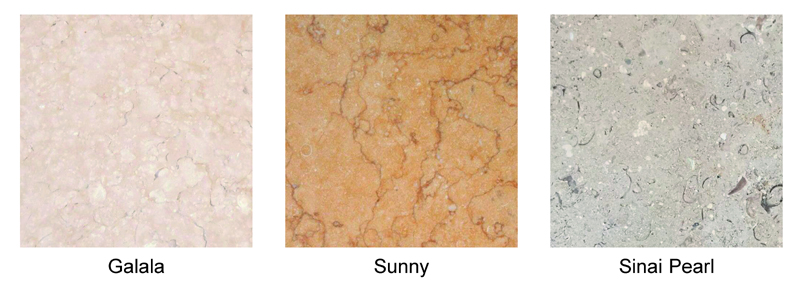
GALALA
The most famous material from Egypt for many years has been Galala, of which there are about 7 active quarries in 2024.
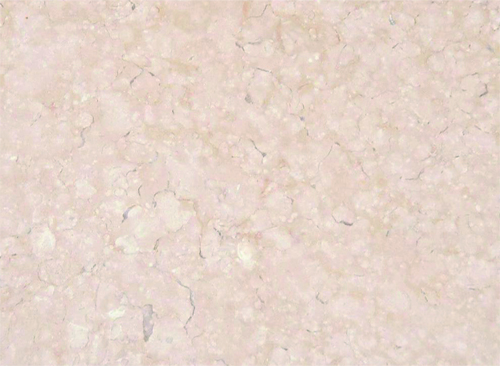
SUNNY MENIA
There are 3 varieties of the material Sunny though all the quarries are located in the same area, in Minea, which is around 400 km south of Cairo. The different varieties of Sunny go by the names- 1) Menia, 2) Cleopatra, 3) Gold.
The Gold variety comes in the shades light to yellow. The availability of this variety is limited.
The Cleopatra name is given to the variety which is in dark yellow, and the availability is also limited.
The Minea variety of Sunny, which has become very popular in recent years, has tones which can be best described as being medium yellow, there are around 25 active quarries in 2024, and there is no problem of availability.
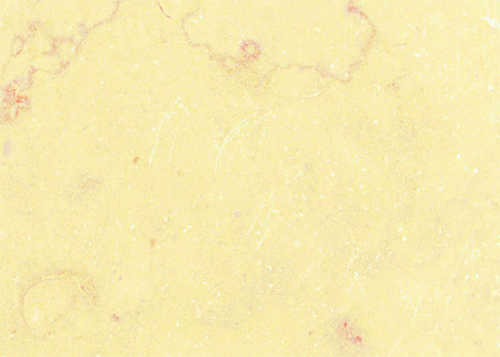
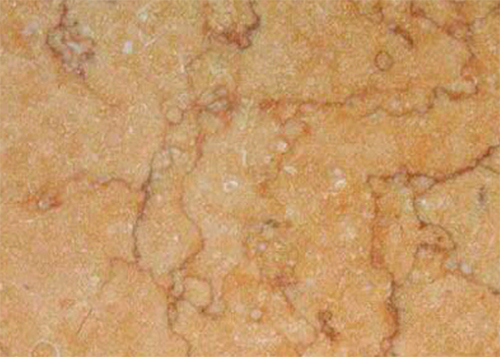
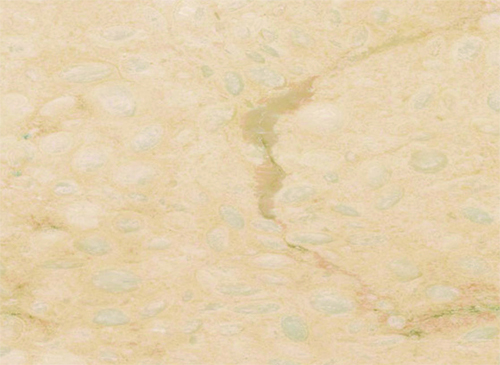
Gold Cleopatra MInea
SINAI PEARL
The other well known material from Egypt, Sinai Pearl, its quarries are located in the Sinai peninsula. Sinai Pearl comes in two varieties- 1) Dark, and 2) Bronze. There are around 20 active quarries in 2024.
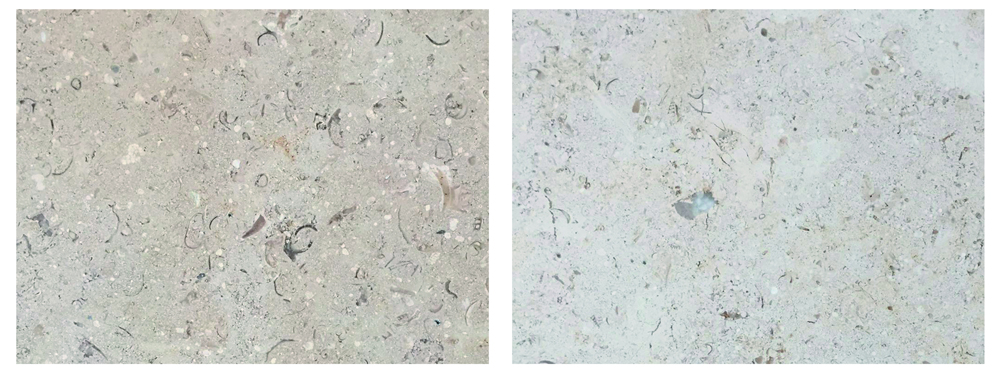
QUARRYING
Generally speaking, some quarries produce up to 80 m3 per day of big size blocks.
Some years years ago the Egyptian limestones had problems of salt seeping to the surface which affected negatively the polished finish. This problem especially affected some kinds of Galala and Sinai Gold. But that problem is now no longer there. There are less cracks compared to before, and the blocks, too, are of bigger size. The colour is more uniform in the material now coming out of the quarries. The warm weather in the country means the mining activity can go on throughout the year.
FINISHES
The most common finishes are honed, bush hammering, antique, acid finish. In some materials like Galala and Sinai Pearl the polished finish comes out well, but it is the honed finish that remains most common.
USAGE
Egyptian limestone is used for both outdoor and indoor applications. In flooring one needs to be careful in high traffic areas in the sense that more treatment of the surface is needed. With Egyptian limestone it is easy to make staircases 3m in length of one piece, something that can be more difficult with some other limestones.
.
MARKETS
The Middle East countries have traditionally been the biggest markets for Egyptian limestone. Libya is currently the important foreign market, followed by Saudi Arabia. China used to be the biggest market for several years, mostly of blocks, but exports to that country have declined sharply in the last 3 years. Total exports of Egyptian stones was around US$ 378 million in 2023.
Sections
